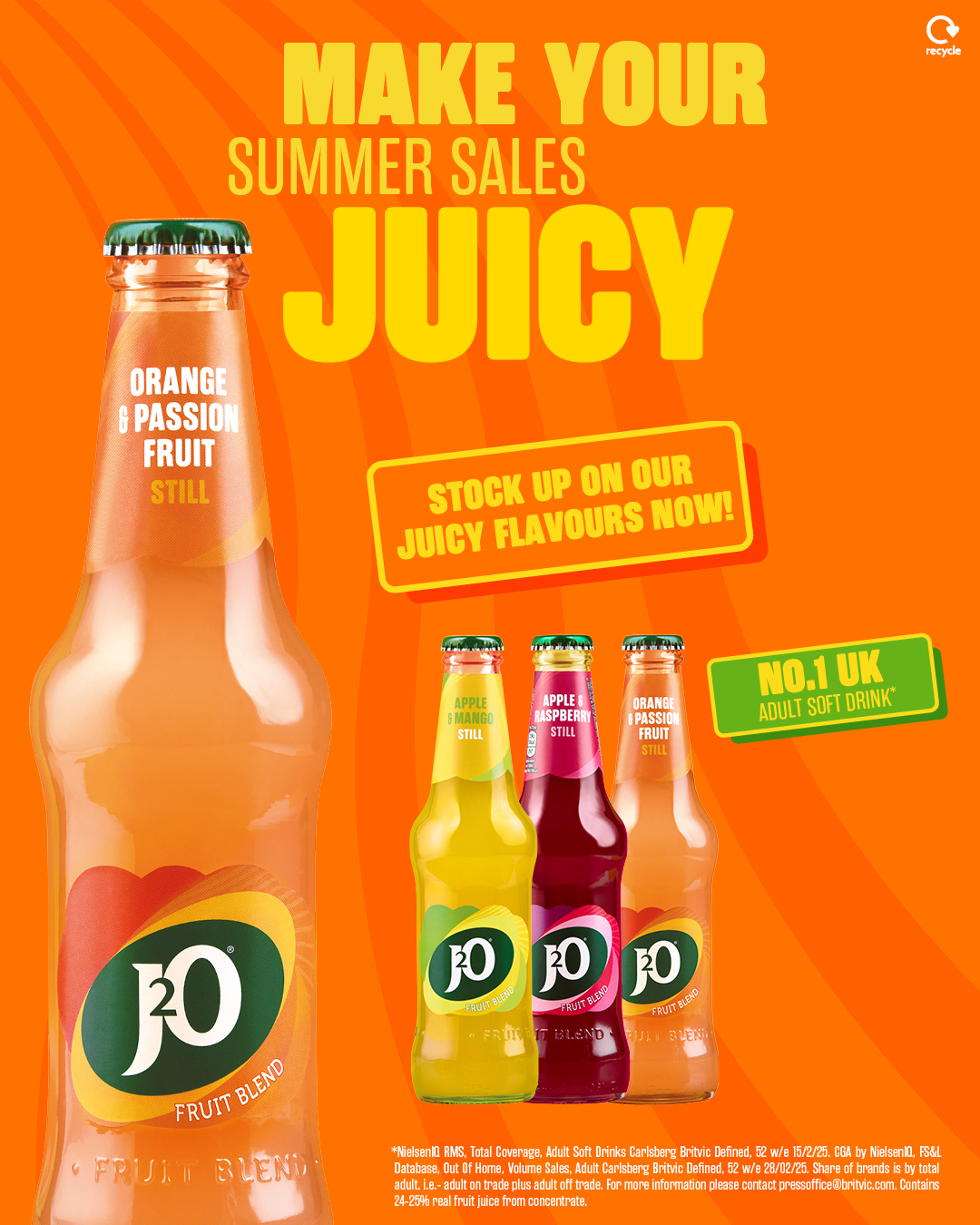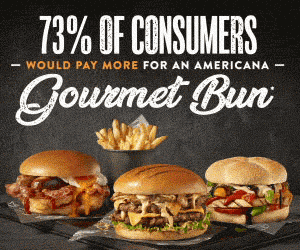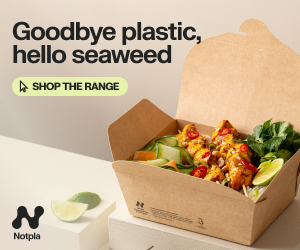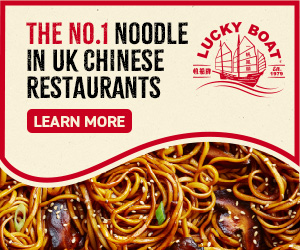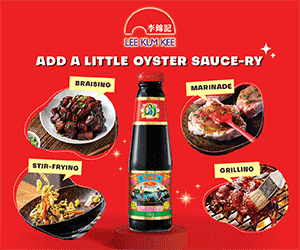Calorie labelling shifts consumers' choices, study confirms

Calorie labelling on menus has altered people's out-of-home food choices, with research from CGA by NielsenIQ revealing that half of consumers (49%) would change their food selection if they felt the calorie count was too high. Not only this, but two in three of these people would switch their dish if it contained more than 1,000 calories.
Six months after the government introduced madatory calorie labelling for businesses with more than 250 employees, the new Food Insights 2022 report from CGA by NielsenIQ highlights how consumers feel about these measures and explores how restaurants, pubs and bars can shape their offerings to appeal. Two in five consumers feel the new legislation is a positive step towards improving the nation's health, but over a third believe they will have a negative impact on people with eating disorders. The remaining portion feels indifferent to the introduction of calorie labelling.
Consumers are similarly split on their views of calories as a choice factor – between those who sometimes or almost always track them (46%) and those who rarely or never monitor them (54%). Consumers aged 18 to 34 are nearly twice as likely to pay attention to calorie information thatn those aged 55 or over.
The study also shows that almost one in six (15%) 18- to 34-year-olds now follow a calorie-controlled diet, compared to just 8% of those aged over 55. Additionally, consumers who would change their menu choices due to high calories are much more likely to choose another dish (48%) than get a smaller portion (33%); while similar numbers claim they would prioritise a starter (39%) or dessert (36%) to go with their main when tracking or reducing courses.
"Our report shows how crucial it is for suppliers and operators to understand the ways calorie labelling affects consumers’ decision-making," says Karl Chessell, business unit director for hospitality operators and food at CGA.
"Venues need to find the right range of low-calorie food and drink options to appeal to those who watch their calories carefully, without compromising choices for those who have no interest in doing so. Menu design and communications—both physical and digital—are crucial too, and suppliers have a big role to play in supporting operators’ strategies."


